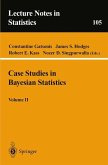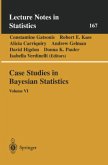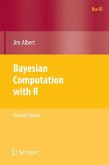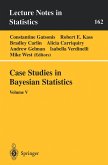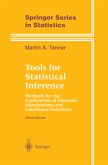Like the first two volumes, this third volume of case studies presents detailed applications of Bayesian statistical analysis, emphasizing the sci entific context. The papers were presented and discussed at a workshop at Carnegie Mellon University, October 5-7, 1995. In this volume, which is dedicated to the memory of Morris H. DeGroot, econometric applica tions are highlighted. There are six invited papers, each with accompany ing invited discussion, and eight contributed papers (which were selected following refereeing). In addition, we include prefatory recollections about Morrie DeGroot by James o. Berger and Richard M. Cyert. INVITED PAPERS In Probing Public Opinion: The State of Valencia Experience, Jose Bernardo, who was a scientific advisor to the President of the State of Valencia, Spain, summarizes procedures that were set up to probe public opinion, and were used as an input to the government's decision making process. At the outset, a sample survey had to be designed.The problem of finding an optimal Bayesian design, based on logarithmic divergence be tween probability distributions, involves minimization over 21483 points in the action space. To solve it, simulated annealing was used. The author describes the objective of obtaining the probability that an individual clas sified in a certain group will prefer one of several possible alternatives, and his approach using posterior distributions based on reference priors.


